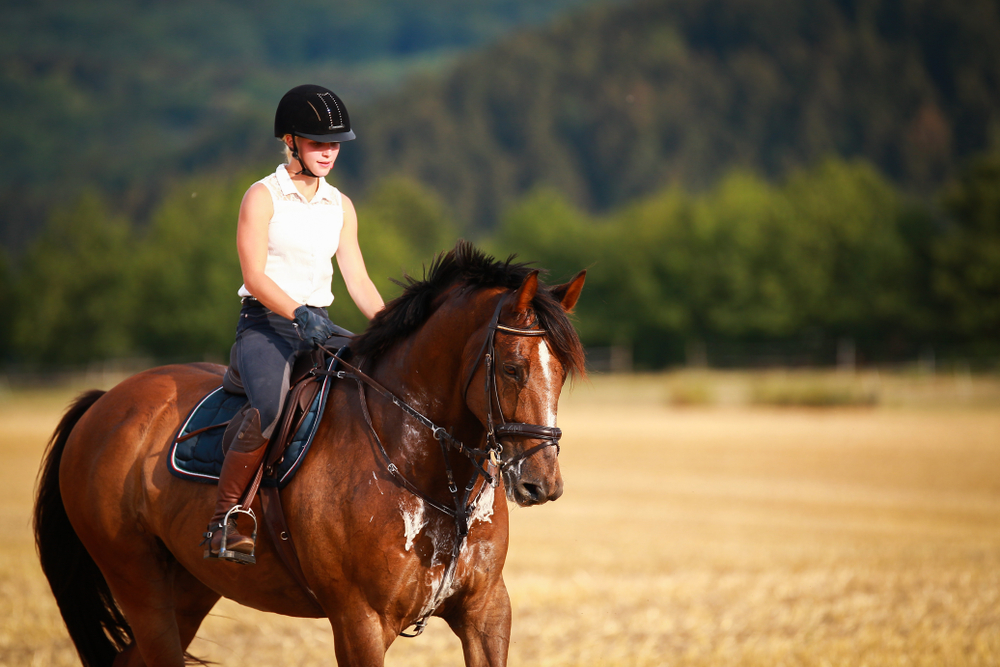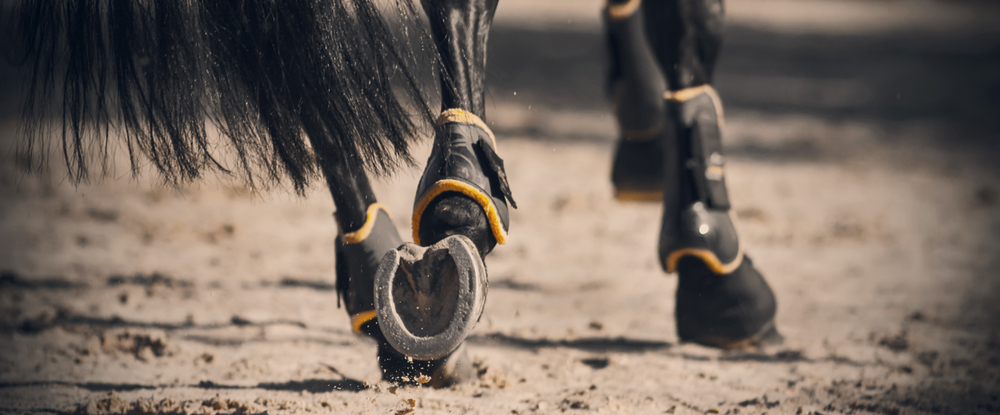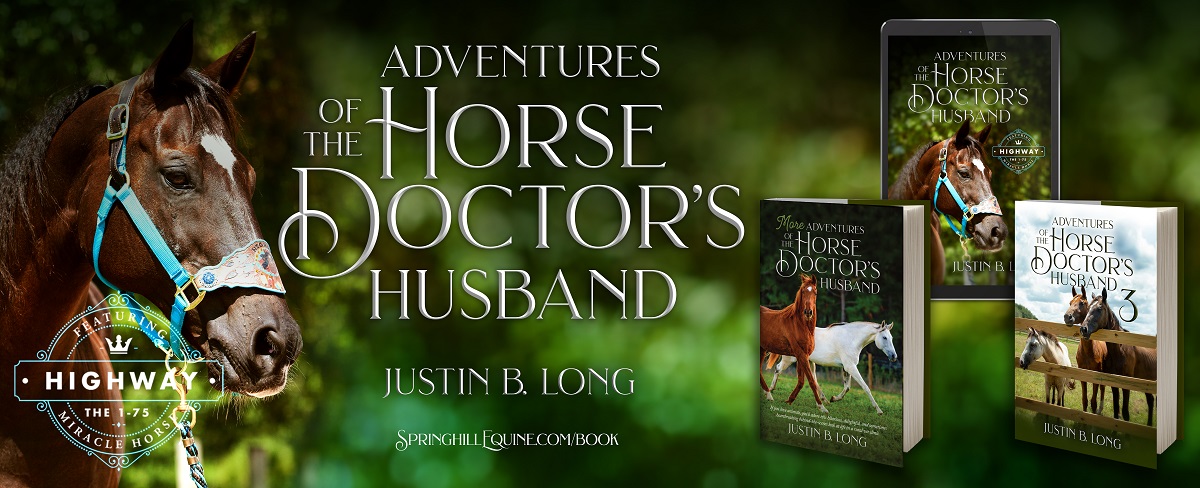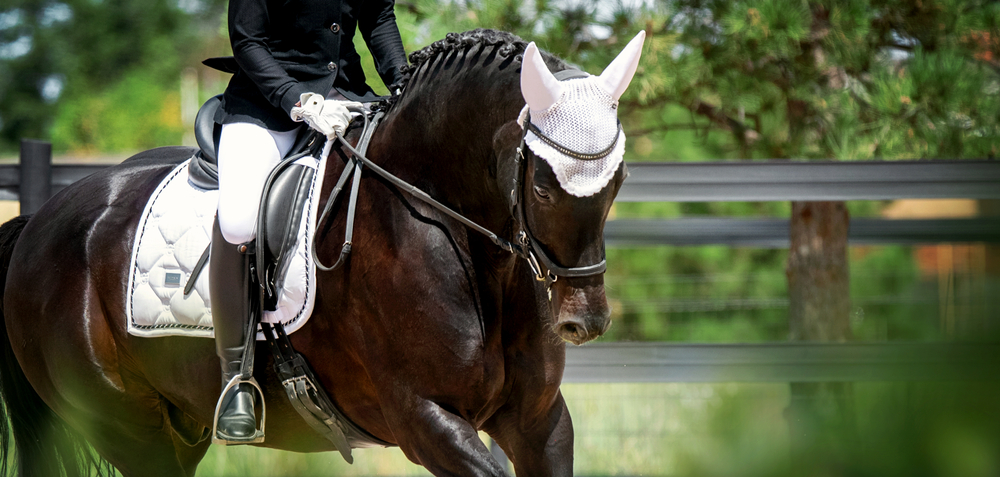
Whinny’s Guide to Assessing and Improving Your Horse’s Fitness
Whinny’s Wisdoms

Hey there, curious humans! It’s Whinny, your friendly neighborhood field mouse, coming to you from the rapidly expanding Springhill Equine Veterinary Clinic. Since it’s the beginning of the year, and you humans like to think about fitness this time of year, let’s dive into the world of equine fitness. I’ve seen these majestic creatures up close and personal, and trust me, keeping them in tip-top shape is no small feat. But fear not, for I’ve got the inside scoop on how to evaluate your horse’s fitness and craft a plan to boost those stamina levels. So, saddle up, and let’s dive in!
Understanding the Basics of Equine Fitness
Before we jump into the nitty-gritty of designing a fitness plan, let’s paw our way through the fundamentals. Just like us field mice, horses need to stay fit for optimal health and performance. Whether your four-legged friend is saucy or sweet, assessing their fitness level is the first step.
- Body Condition Scamper
Take a good look at your horse’s body. Run your tiny paws along their sides, feeling for any hidden bumps or curves. A well-fed horse should have a sleek and shiny coat, with ribs that are easily felt but not visible. If your fingers encounter too much padding or the ribs are too prominent, it might be time for a diet tweak. All of the amazing technicians and doctors here would love to talk horse nutrition with you anytime. If you want to go the extra step and actually assess your horse’s body condition score, here’s a video on my YouTube Channel that will walk you through it.
- Heartbeat Hurdle
Time to check that rhythmic thumping beneath the fur. Place a stethoscope against your horse’s chest – metaphorically speaking, of course – and listen for the steady beat of their heart. A resting heart rate between 28 and 44 beats per minute is considered normal. Here’s a great video about how to take your horse’s vital signs. Take your horse for what you consider a normal ride. The heartbeat should drop back to that resting level within about 15 minutes. For most horses, and most exercise regimens, it should be more like 10 minutes.

- Lung Capacity Lark
Now, let’s talk about breathing. Resting respiratory rates should be between 12 and 20 breaths per minute. After a round of exercise, observe the rise and fall of your horse’s flanks. Normal breathing should be rhythmic and not excessively labored. The respiratory rate should be back to normal in about 20 minutes. Really hot, and/or humid weather can cause this to take longer, but don’t use that as an excuse for why your out-of-shape pasture potato is still blowing after 25 minutes!
- Flexibility Frolic
Time for a bit of yoga, equine-style! Watch how your horse moves. A good range of motion in their joints is crucial for overall fitness. Is it the same at the beginning and end of your rides? Does your horse come out sore the day after a workout? If so, it’s time to have a talk with the doctors. This can be a sign of a subtle lameness, or simply that you need to up your fitness game.
Designing a Tailor-Made Fitness Plan
Now that we’ve sized up your horse, it’s time to concoct a fitness plan that’ll have them prancing like an Olympic dressage horse in no time. (You may want to consider a fitness plan for yourself as well, but I’ll leave that part up to you!).
- Start Slow, Finish Strong
Just as I take cautious steps when venturing into unknown territory, your horse needs a gradual introduction to a new fitness routine. Begin with light exercises like walking and gradually incorporate more challenging activities over time. Lots and lots of walking is a great way to get a good base of fitness. It is also really difficult for a horse to injure themselves walking. Not impossible though, since they are horses, after all.
Adding 3-5 minutes of a gait every two weeks until you hit your goal is generally safe. Talk with our doctors for help determining what those goals should be if you aren’t sure. If you want to trail ride 7 miles, they will be different than if you want to do a Second Level dressage test. Check those vital signs after each ride to be sure heart and respiratory rates are coming down appropriately. If they aren’t, you are likely adding work too quickly.
- Mix it Up Maneuver
Variety is the spice of life, and it’s no different for our horses. Keep their workouts interesting by alternating between riding, lunging, and ground exercises. If possible, alternate footing. Ride on grass, sand, hard surfaces, and any other options you can find. This not only targets different muscle groups but also keeps them mentally engaged. Cross training is also great for any horse! Got a jumper? Do some dressage. Got a dressage horse? Jump something! Work in an arena a lot? Go for a trail ride (watch out for field mice!) The more variety, the better.

- Healthy Hoof Habits
A sound foundation is crucial, and I’m not just talking about my cozy nest. I know I say this a lot, and Tony said it all the time: regular hoof care is essential for your horse’s well-being. Ensure they have proper shoeing and trimmings to prevent discomfort and potential lameness. No Hoof, No Horse is a very real thing!
- Nutritional Nibble
Just like nibbling on a juicy piece of cheese, your horse’s diet plays a vital role in their fitness journey. Consult with any of our technicians or doctors at Springhill Equine to help you come up with a diet that gives your horse all the right stuff without tipping the scales. It can be particularly tricky to feed horses who are in a changing exercise program. They will have different requirements for many key ingredients like protein and trace minerals.
- Consistent Canter
Consistency is key in any fitness endeavor. Establish a routine that you and your horse can stick to. Whether it’s morning or evening, maintaining a regular schedule fosters discipline and helps monitor progress. Just like for you humans, every little bit counts. Adding some groundwork for 15 minutes when you are short on time counts!!
So there you have it, dear humans – a field mouse’s take on evaluating and enhancing your horse’s fitness. Remember, each horse is unique, so don’t be afraid to adjust your plan based on their individual needs. Keep the lines of communication open with my doctors, and soon you’ll be riding high on the waves of equine fitness success!
Happy trails and squeaks,
~Whinny
P.S. Make sure you take a minute to watch those videos I linked above! And while you’re over on my YouTube Channel, subscribe! My humans put out a ton of great video content, and it’s all free for the taking. I don’t know how they find the time to do it. It’s all I can do to keep up with my blog writing, supervising the going’s on here at the Clinic, and so on. Speaking of our Clinic, did you know we’ve added a Small Animal Hospital to our building? Construction is wrapping up this week! Keep an eye on my Facebook page. I’ll make sure they post a video soon!
 Whinny’s Wisdoms is the official blog of Whinny the Clinic Mouse at Springhill Equine Veterinary Clinic in Newberry, Florida. If you liked this blog, please subscribe below, and share it with your friends on social media! For more information, please call us at (352) 472-1620, visit our website at SpringhillEquine.com, or follow us on Facebook!
Whinny’s Wisdoms is the official blog of Whinny the Clinic Mouse at Springhill Equine Veterinary Clinic in Newberry, Florida. If you liked this blog, please subscribe below, and share it with your friends on social media! For more information, please call us at (352) 472-1620, visit our website at SpringhillEquine.com, or follow us on Facebook!
[jetpack_subscription_form title="Subscribe to Whinny's Wisdoms"]



